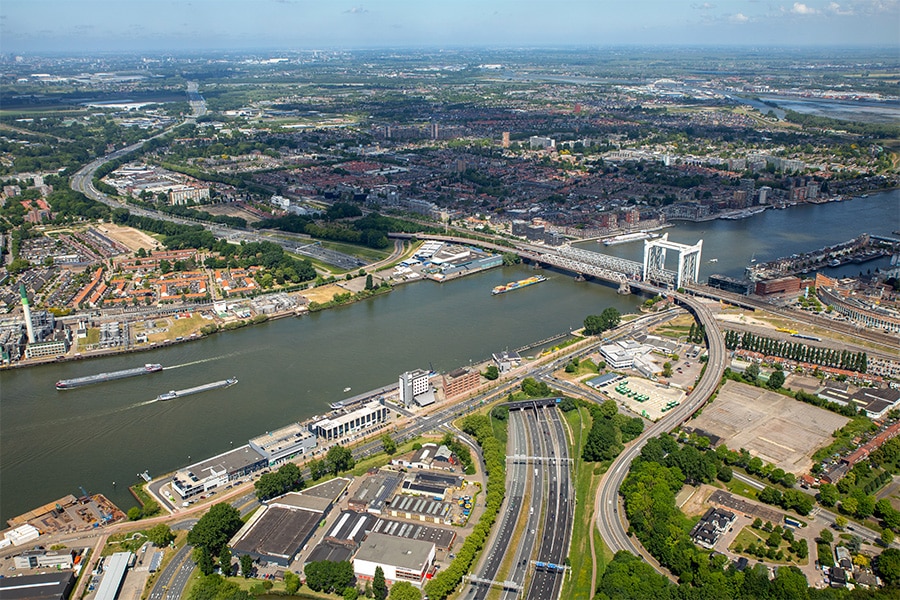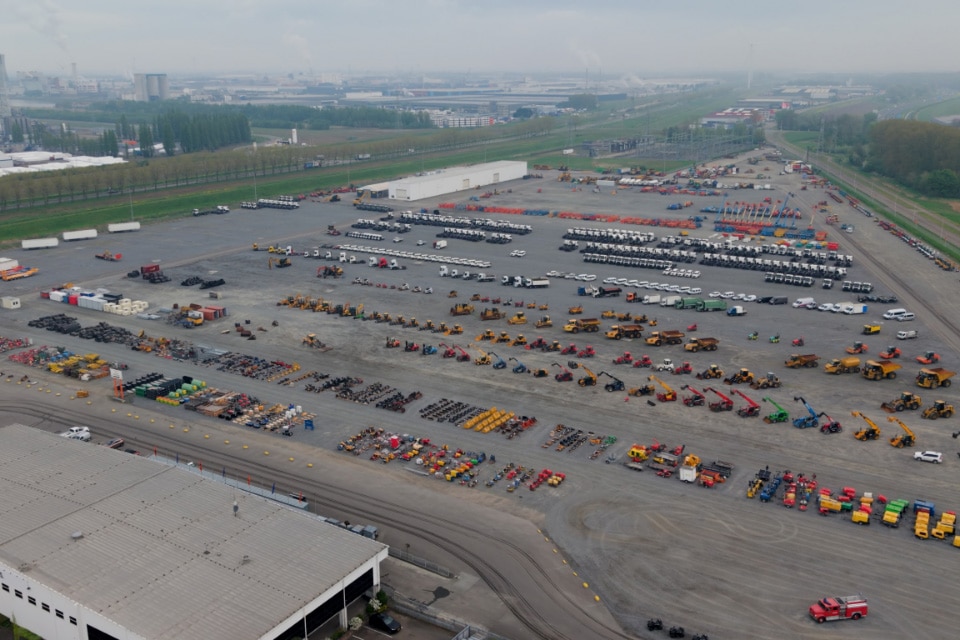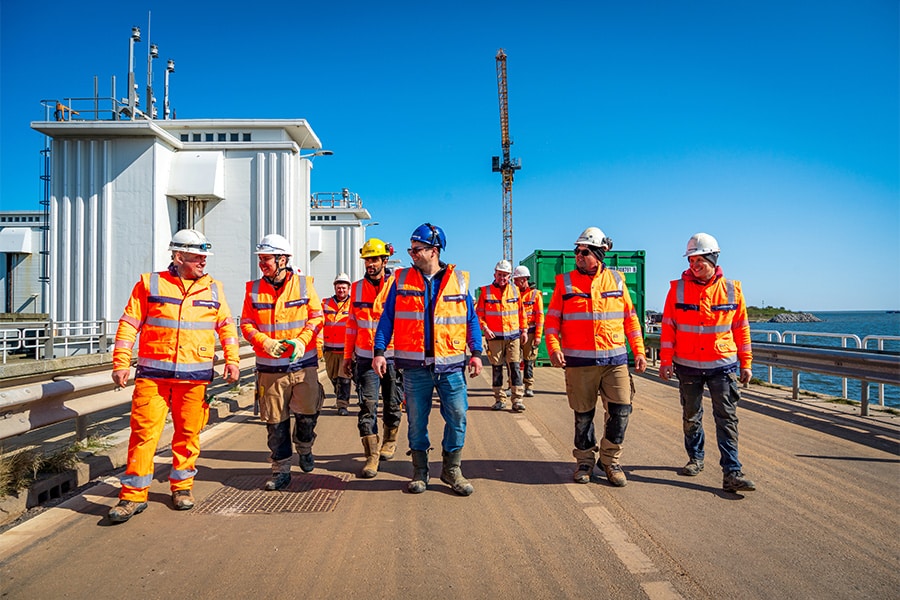
Open front bore with water trap under rail tracks
As a result of a clogged culvert under the railroad, several gardens in Oudesluis were regularly flooded. On closer inspection, it turned out that the severely outdated culvert was also leaking. Reason enough for ProRail to take quick action. Kouwenberg Infra was responsible for drilling a new culvert under the railroad and filling the existing culvert. In consultation, the specialist in trenchless techniques deviated on several points from the railroad manager's initial plan.
For many years, Kouwenberg Infra has specialized in designing and installing pipes and culvert structures under roads, waterways and railroads. "We are used to carrying out this work as subcontractors, but for the project in Oudesluis we applied as the main contractor for ProRail's call for tenders," begins Sjoerd Janssen of Kouwenberg Infra. "This was a UAV-GC contract in which we were responsible for the complete picture including zero measurement, inspections, soil investigation, coordination with local residents and risk management." His colleague Teun van Ras adds: "That is also directly where our strength lies: thanks to our many years of experience, we can come up with a suitable solution for every situation in order, as in this case, to safely and qualitatively attenuate an existing construction and then, a little further on, make a controlled new bore under the railroad."
Existing construction attenuated
"The existing steel culvert was 19 meters long with two concrete inspection pits next to the track and two small outlets toward the waterway," Janssen explained. "The condition of the entire object left quite a bit to be desired, as was revealed during an inspection. The inspection pits were on the verge of collapse and the culvert was completely silted up due to various leaks. The track even showed subsidence at the location of the existing culvert." Van Ras: "To prevent further problems with the old culvert, we deviated from the initial plan as described in the Specifications in consultation with ProRail. Instead of cleaning and flushing the existing culvert, with the risk of washing away sand and silt under the track, we first completely sealed and vented the existing structure. Then the inspection manholes and outriggers were also removed."

From a shield bore to open front bore
Approximately 145 meters away, preparations were then made for the new culvert construction. The new culvert is 26 meters long, constructed as a GRP pipe 860mm external and runs from waterway to waterway. Inspection wells are therefore unnecessary. Van Ras: "Here, too, we consulted with ProRail beforehand to fine-tune the plan. As a result, the original plan, to carry out a shield borehole, was converted to an open front borehole with water lock, mainly because of the limited space to rig up the required container park. It also turned out that the subsoil was not load-bearing enough to support the drill head. The use of a water lock prevented flushing under the track by the groundwater present. In three weeks we completed the job on site, from setting up the work site and placing the formwork in the waterways to pumping the well dry, drilling itself and thereby connecting both waterways."
"Making a bore under the railroad with or without a water trap is daily business for us. The biggest challenge for us was in the preparation and contract management as the main contractor for ProRail," Janssen reflects. "But we succeeded in that too. Indeed, the next job for ProRail is already approaching: the realization of five track crossings in the Rotterdam Central Station yard."



